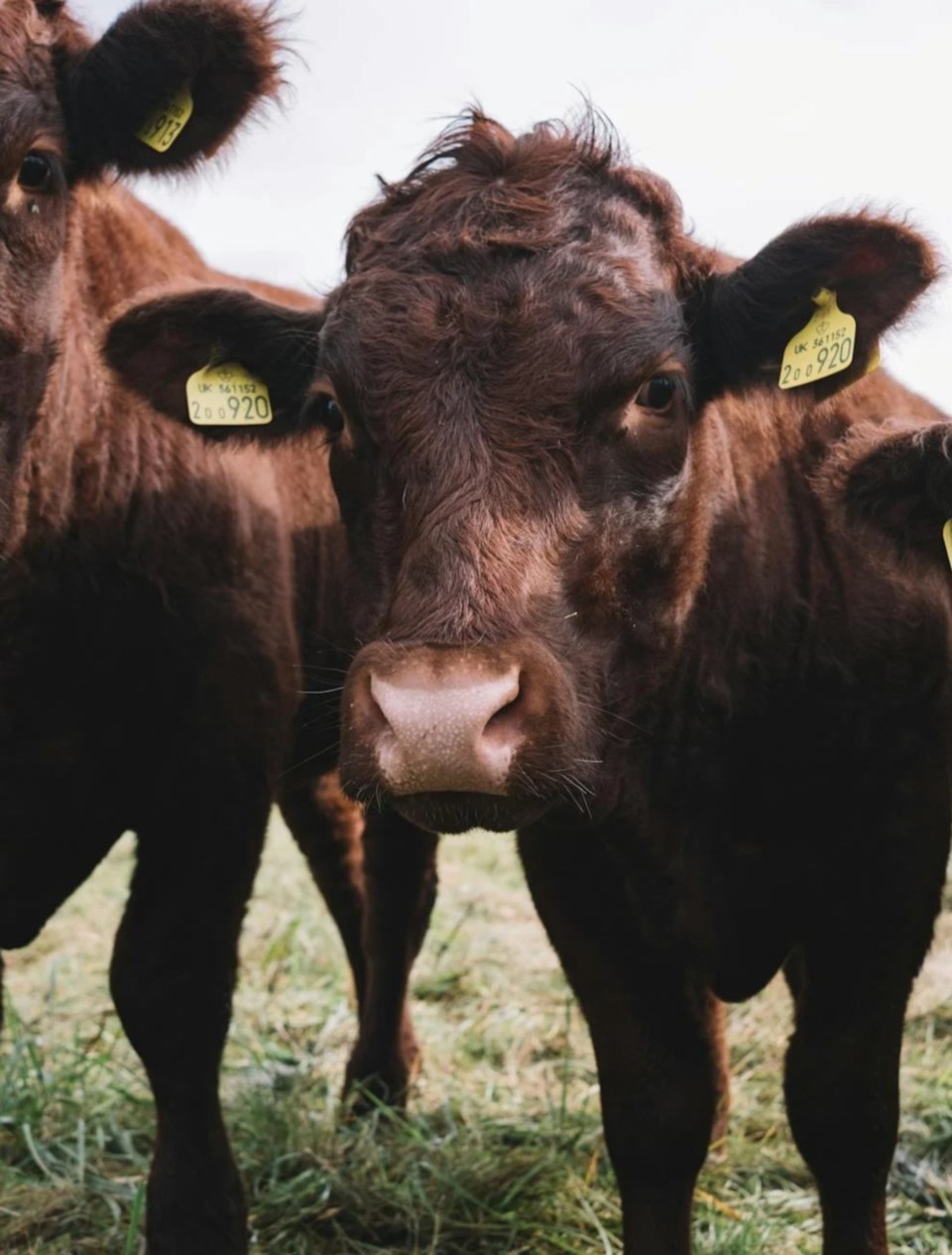BARRHEAD – On Wednesday, Nov. 20 a group of 46 people gathered at the Alberta Feeders Association for their annual general meeting. Doug Roxburgh, Bulls Eye Feeds, did a presentation on Calf Transition pointers, sharing his knowledge and experience with the group.
“One of the big areas we focused around has been receiving calves and transitioning from being a calf on the cow on pasture coming into the feed yard,” said Roxburgh.
Feedlot transition is receiving cattle and the first 21 days.
Some producers talk about the first seven to 14 days being critical, but Roxburgh verified that it is the first 21 to 28 days that are important.
“The calves face many factors of stress coming into the lot,” said Roxburgh.
“This can be environmental. Things like co-mingling, if they have gone to a pre-sort sale through one of the auctions and mixed in with cattle, they have no clue who they are or where they are from.”
Other stress factors include diet, new feed, water sources and going through the arrival process.
There are protocols for vaccinations, implants, and drug treatments which are reviewed through the handling process.
“Nutrition can play a huge part of it. Agriculture Research had been given some funding recently with a portion on the reduction of antimicrobials,” said Roxburgh.
“All diseases begin within the gut. Essentially the GI track is a tube running from the mouth out the back end.”
“We’re not really feeding the animal itself. We’re feeding the microbial bacteria within the gut.”
The cattle face changes in water sources, feed, environment and location which can all have an impact on diet management through the transition period.
“To get that (diet management) really stimulated requires proper digestion, proper utilization and getting those cows good and healthy.”
“A lot of it is nutrition. It is really interactive with the overall performance of the animal.”
All of the stressors have an impact on if calves eat in those early days.
Water availability is key upon arrival. The transport and processing of calves does not always have water sources at arrival.
“Making sure we have adequate water for this cattle arriving is a huge thing!”
Roxburgh has built diets for many producers and what he sees lacking the most is protein.
“I'm not getting that 12.5 to 14.5 per cent protein on arrival,” said Roxburgh, “I’m emphasizing our approaching requirements. There are different forms of protein for high energy.”
Mineral deficiency can be a concern. Minerals can run high or low depending on a number of factors.
Roxburgh is analyzing blood samples to determine mineral deficiency in the cattle.
“One of the biggest areas of focus for me on mineral side of things is selenium. We're extremely deficient.”
“I would really stress that maybe you keep an eye on vitamin D deficiencies within your herds.”
It is not just what feed is being used but how the cattle feed. Calves can come in and not know how to feed from a bunker.
“it's really important to understand that dry matter intake is extremely low within those first four days on arrival, “said Roxburgh.
“In this scenario I had 550 lb calf coming in. I was targeting 8 lbs of dry matter intake.”
“We're trying to get him to drink enough water, trying to get you know feed intake where we want it and we're trying to hit their dietary nutritional requirements for minerals and proteins.”
“I want pounds average daily gain across the board. We have to calculate for the shrink on your feeding.”
Shrink on calves can vary depending on the stressors including time in transport, eight hours on a moving truck can be up to 5.5 per cent shrink.
Longer periods of time, 24 hours for example, on the moving truck can be upwards to 9 per cent shrink.
Upon arrival the focus is on how much the calf eats.
With cattle consuming 1.24 per cent of body weight Roxburgh has seen as much as 50 per cent die.
“Where getting cattle dry matter intake up to 1.79 that 50 per cent can drop to 10 per cent,” said Roxburgh.
“I'm going to start these cattle right around that 1.5 per cent body weight, increasing that amount within those first five or six days.”
“Between six to 10 days dry matter intake increases to 2.2. By 14 days cattle are eating about 2.5 per cent body weight.”
“We saw dry matter or soy protein within the rational 12 per cent dry matter intake, 9.8 lbs.”
“We need to be up to 15 per cent protein for them to gain zero lbs, essentially just to maintain themselves.”
“There are times a calf might appear healthy and within a day you might find him dead.”
Roxburgh has seen that with focusing on proteins, minerals, dry matter intake, and sufficient water supply all contribute to good healthy cattle.
Roxburgh and his wife farm down in Rimbey Alberta and participate in the Alberta Feeder Association.



